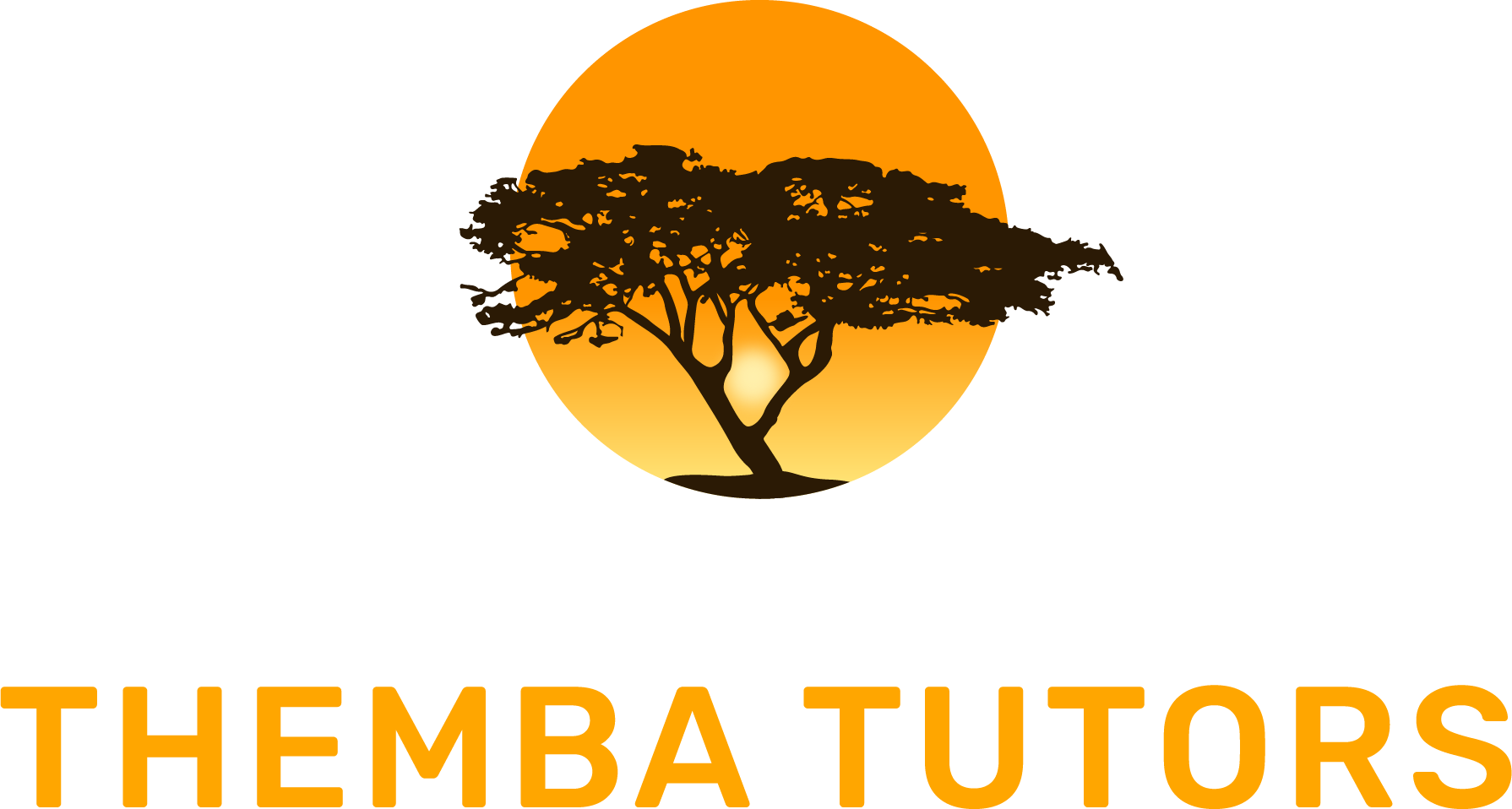Pay iReady Math Literacy Themba Tutors on Venmo. Contact us now to get the DISCOUNT CODE. Here’ our handle:
SPRING & SUMMER 2021 SPECIAL
$25 Diagnostic Math or Literacy Assessment for Tutoring (including the report).
$40 Assessments for Both Math and Literacy for Tutoring (including the report).
$50 Unlimited Access this Spring and Summer for Math or Literacy.
$75 Unlimited Access this Spring and Summer for Math and Literacy.
Please note that this does not include a Themba Tutors teacher supporting your child. Themba Tutors does offer supplemental and remedial literacy and math in-person and remote instruction independent of i-Ready. Our staff: literacy and math.
⭐⭐⭐⭐⭐ “I love the information the diagnostic gives me. i-Ready helps fill the ‘gaps’ in children’s learning!” – Amber. G
⭐⭐⭐⭐⭐ “I love how this program helps you see what kids need the most help with. This Program WORKS!” -Toby. P
⭐⭐⭐⭐⭐ “The math activities are engaging and fun. I like that they address the concepts my students need to know and learn with fun characters and activities. I like that I can see these activities and complete them myself, before assigning them to my students.” -User in Primary/Secondary Education
⭐⭐⭐⭐⭐”You can assign assignments to your students and put the specific date, and time it’s due. Students can also go on their path.” -User in Primary/Secondary Education.
The literacy and math help your child needs is just a click away…
Bad experiences with remote learning are a thing of the past with our highly engaging, fun, and interactive lessons for k-8th grades.
Stop wasting screen time use on ineffective remote watching!
➡ Online assessment + unlimited program access for a whole year
➡ Ongoing Math & Literacy learning from the safety of your home
➡ Don’t let your child fall behind… we make remote learning easy.
➡ Gain a clear, personalized path for your child to follow
But it gets better…
P.S. The i-Ready program is not available to the public… gain exclusive access through the link below
⬇ Reserve Their Spot Right Now ⬇
P.s. SAVE 70%… if you sign up for the spring and summer 2021.
SATISFACTION GUARANTEED!


Themba Tutors is now offering i-Ready math and literacy assessments and fun, child-directed online programs to supplement your child’s math and literacy curriculum. As you know, many students are falling behind with their math and literacy skills.
The i-Ready experience begins with students talking about the online adaptive diagnostic assessment to be taken on their own time. Themba Tutors will email you the instructions and the results. Based on the diagnostic results, i-Ready reports provide detailed information on student performance by domain, clear instructional recommendations, including a personalized instructional path, and aggregate data for spotting trends across groups of students. Here is the research behind i-Ready. You will receive a one-time initial in-depth literacy and/or math report(s). You will then receive i-Ready personalized instruction. Log in whenever you want!
The Five Pillars of Reading
Like a house needs strong support and foundation, developing literacy skills in young learners requires the Five Pillars of Reading. Recognized by the National Reading Panel as the “best approach to reading instruction,” these pillars include:
- Phonemic awareness
- Phonics
- Vocabulary
- Comprehension
- Fluency
Backed by studies and scientific research, these five pillars make up the essential building blocks of reading. And by combining these techniques, teachers and parents can effectively introduce the concept of reading and language.
Here is a closer look at how the Five Pillars of Reading work to ensure successful reading instruction:
Phonemic Awareness
Phonemic awareness refers to knowing and understanding that words are built from and broken apart into smaller segments of a sound called phonemes. Phonemic awareness is one’s ability to hear, recognize, and manipulate sounds heard in words- think of it as the ears to brain connection.
Phonemic awareness can be taught even before a child learns to read or identify printed letters. When babies are born, they process phonemes when parents speak and sing to their bundle of joy. In the English language, phonemic awareness means being able to identify approximately 44 phonemes. Additionally, teaching letter sounds with letter names is an effective way for students to grasp phonemes’ concept.
Phonics
Whereas phonemic awareness refers to one’s ability to recognize sounds or phonemes in words, phonics mastery means understanding that letters (graphemes or printed letters) of the alphabet represent sounds (phonemes)- think of it as the ears, eyes, and brain connection. A child who has mastered phonics can sound out new or unfamiliar words on their own. The child is “cracking the code” and is receiving feedback by listening to oneself sound out words.
Teaching phonics is all about establishing the relationship between sounds and printed letters or printed letter combinations. Starting with the printed letter-sound correspondence, a child then learns how to match sounds to letters and uses this relationship to understand printed words.
Vocabulary
Vocabulary refers to one’s understanding of words, including their definitions and context. Vocabulary is broken up into oral (speaking), understanding (listening), and print (reading vocabulary).
Needless to say, vocabulary is crucial in strengthening reading comprehension and fluency. In most instances, poor vocabulary can limit and interrupt a child’s learning and reading experience. And while it can grow naturally from daily reading and conversations, it is just as important to teach and expand vocabulary explicitly.
Strategies in teaching vocabulary can include word mapping (graphic display of words/concept relationships), word substitutions, semantic relationships (how words are related), acting out meanings, and focusing on word structure (root words and its derivations).
Fluency
Learners achieve fluency when recognizing and reading words with accuracy, intonation, fluidity, and speed, whether while reading aloud or silently to oneself. Hence, fluent readers can read automatically without needing to pause to decode words or look up definitions.
Fluency plays a key role in comprehension and is essential in keeping young learners motivated. When children are reading fluently, it frees up mental resources to improve their comprehension of what they are reading.
When developing reading fluency, it is crucial to provide a child with frequent oral reading opportunities and to monitor progress. This involves reading out loud while being guided and receiving feedback from an adult. It is important to provide the student with opportunities to self-correct. This combination of consistent practice and regular feedback is critical in promoting fluency.
Comprehension
The ultimate goal for literacy is to comprehend well what one is reading. Reading comprehension enables a child to predict outcomes, evaluate characters, deduce, and connect to real-world events.
A child’s comprehension skills can begin to develop before becoming an independent reader. One way to do this is by reading to a child and discussing the story’s main idea, characters, and setting. Explicit teaching, modeling, and guided practice of comprehension skills are also crucial. This is especially true for students whose reading comprehension skills lag behind their peers.




